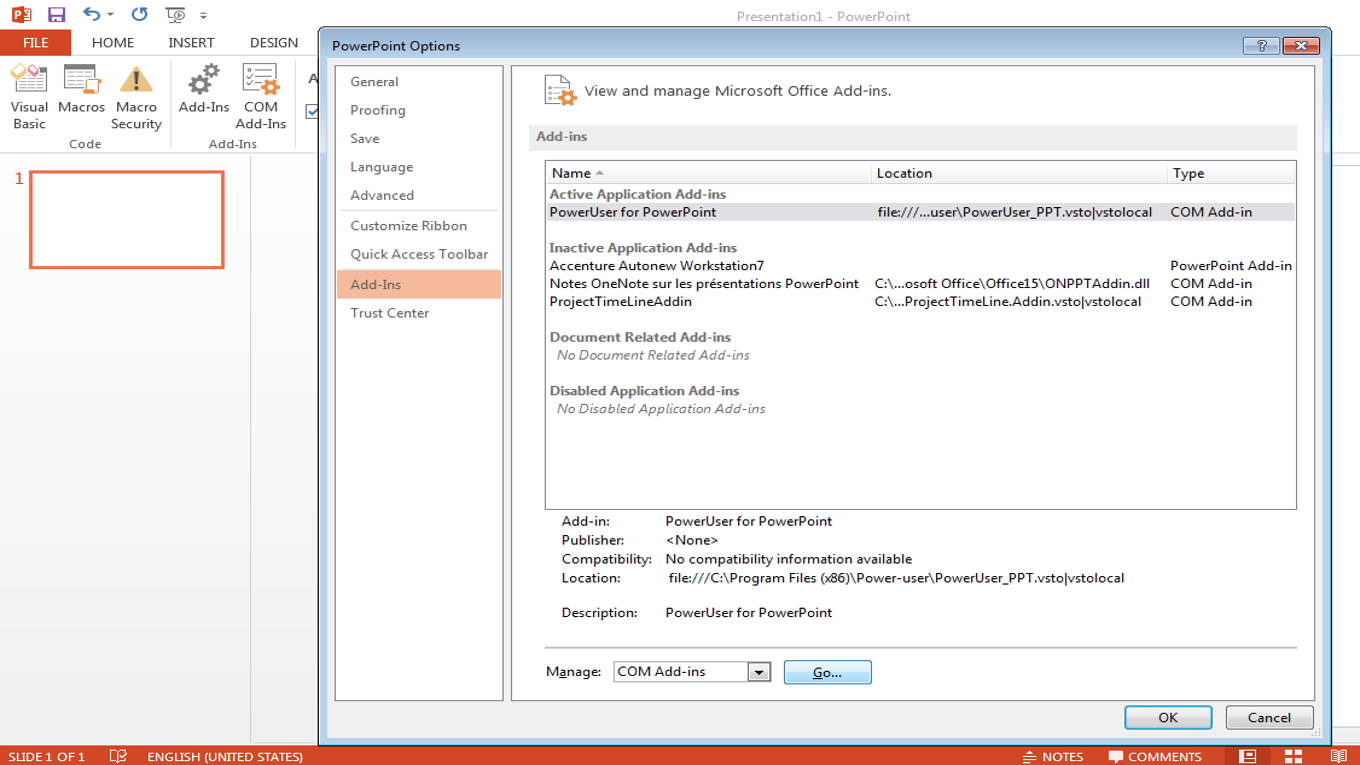

REM the /z switch is used to copy in network restartable mode

SET Setting Default PowerPoint From : To : the /y switch is used to suppress the overwrite prompt REM Do not change this path or file name as it's hard coded by Microsoft and cannot be changed SET "serverFile=\\myServer\userShare\myTemplate.potx" REM Set the shared network resource in the next line REM Author : Jamie Garroch of YOUpresent Ltd. REM It copies a single template from a network share to the correct folder and file on the user's PC. REM This is a script file for setting the default template that's used when PowerPoint starts. setDefPOTX.bat, changing the serverFile value, and then run it in the user logon OFF Copy the following script to a batch file eg. This can be extended to an enhanced script file that reports the success or failure of the xcopy process. For example, to suppress UI messages: xcopy "\\myServer\userShare\myTemplate.potx" "%AppData%\Microsoft\Templates\blank.potx" /y You can then add command line switches as required. This is the simplest example: xcopy "\\myServer\userShare\myTemplate.potx" "%AppData%\Microsoft\Templates\blank.potx" There are several methods but by far the easiest is to use an xcopy command in a logon script file. IT admins deployment of the default template Start PowerPoint to confirm your default template has changed.Click the blank.potx file and then click the Save button to overwrite it.You can optionally make a backup up of that file by selecting it, pressing Ctrl+C and then Ctrl+V.You should now see a folder that contains the file blank.potx.Now click More options… (PowerPoint 2016) which will open a file dialog name and replace the file name with %appdata%\Microsoft\Templates and hit return.This will automatically change the folder location to your personal templates folder. Click the file type drop down and select PowerPoint Template (*.potx).Open the POTX template you want to set as the default.The right location : %appdata%\Microsoft\Templates.Setting the default template requires two things: It may also be a completely different location since it can be set by the user in the backstage under File / Options / Save as shown below (for PowerPoint 2016) This special location for blank.potx should not be confused with the separate location for custom (aka personal) templates which may be the same location or one of these:Ĭ:\Users\UserName\Documents\Custom Office Templates For example:Ĭ:\Users\JohnSmith\AppData\Roaming\Microsoft\Templates The %appdata% part is an alias (or shortcut) which resolves to a unique user location on every PC. Somewhat confusingly, the default template is called blank.potx and it resides in the user’s documents area here: In organisations with their own template, it saves a lot of time if that template is presented to users each time PowerPoint starts. It is the template that it used to create the blank presentation you see each time you start PowerPoint. The default template in PowerPoint is a special file.
#Powerpoint addin for mac for mac#
For Mac users, refer to the section at the end of this article.

#Powerpoint addin for mac Pc#
In the second part, we’ll show how IT admins can deploy the default template to PC users across their organisation. In the first part, we’ll show users how to set the default template on their PC. This article is for users and IT administrators.
#Powerpoint addin for mac free#


 0 kommentar(er)
0 kommentar(er)
